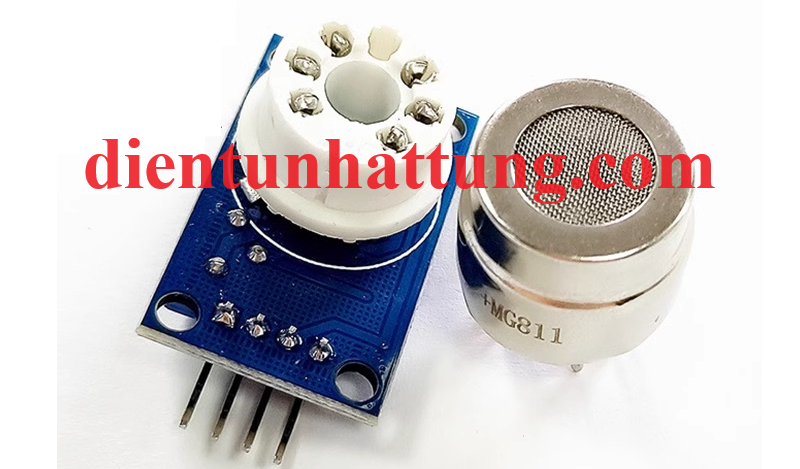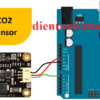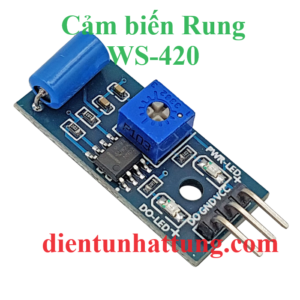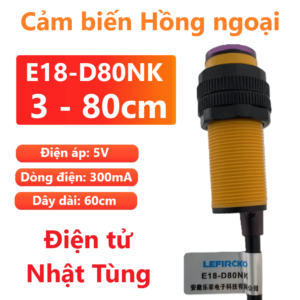CẢM BIẾN MG811 KHÍ CO2, ĐO CARBON DIOXIDE OUT 0-2V
700.000 ₫
Cảm biến MG-811 đo khí CO2 có khuếch đại tín hiệu ngõ ra. Cảm biến MG-811 có độ nhạy cao với khí CO2 và độ nhạy thấp hơn với Alcohol và khí CO.
| Điện áp hoạt động: | 5V |
| Dòng tiêu thụ: | 10mA |
| Công suất: | 50mW |
| Loại sản phẩm: | Module |
| Chuẩn giao tiếp: | Digital (D0) hoặc Analog (A0) |
5 in stock
































Reviews
There are no reviews yet.